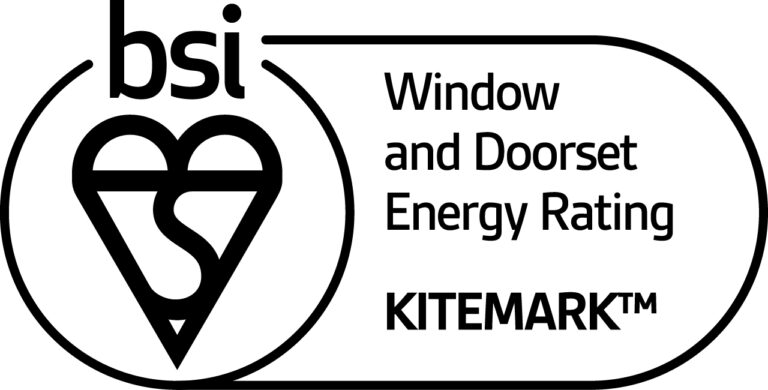As winter approaches and the days shorten many people – office workers, students, home owners – look back on the long days of summer with a sense of regret. Daylight flooding into workplaces, schools, and homes has a positive impact on our daily lives, and that is not just a vague feeling, it’s a scientifically proven fact and one that architects and designers are keen to exploit.
The 2017 Nobel Prize for Medicine went to three American scientists for their work on understanding circadian rhythms – the 24-hour cycle also known as the internal body clock. Daylight suppresses the hormone that induces sleep and the ultraviolet wavelengths in natural light have a positive effect on the body’s immune system. In other words, daylight induces wakefulness, cognitive function, productivity, general health and healing. No wonder in a recent – 2018 – survey 80 percent of UK office workers said daylight was important to them.

This, for a growing number of architects, is a clarion call for natural light to be recognised as a powerful design tool. A report by US practice HMC Architects comments:“As the importance of sustainable design grows, passive strategies like daylighting have become critical in reducing the impact of the built environment.”And they continue:“Today, we have more tools than ever to harness daylight. From innovative reflective materials to advanced computer modelling, architects are using modern technology to light buildings more efficiently. When you embrace these systems, you’ll create a brighter future.”
The most obvious component for assisting this design outcome is the window taking account, not just of its scale and positioning, but also its frame and glazing. The UK’s Building Regulations Part L1A, address the issue in an oblique manner while considering the balance between the insulation of a building and its energy demands. The Regs point out that: “Limiting the glazing on a project will increase the building’s reliance on artificial lighting, increasing the house’s energy demands.”
But, conversely,“Overglazing might reduce the overall thermal insulation of a building.” So there’s a delicate balance to be struck. A plentiful supply of natural daylight, not merely into but throughout a building, good insulation but adequate ventilation, and acoustic control all form parts of this elaborate jigsaw.










